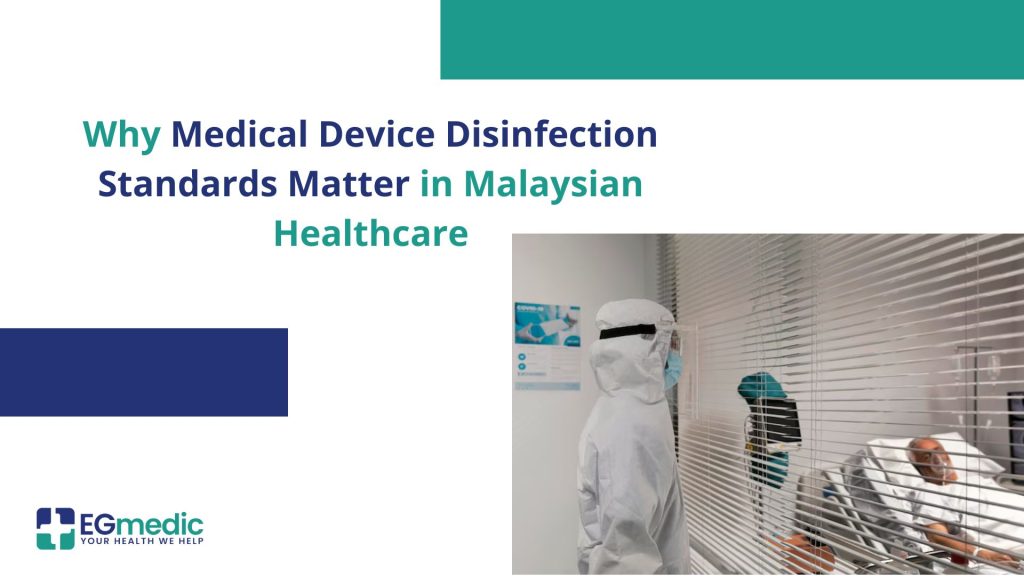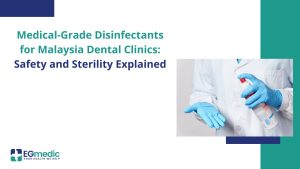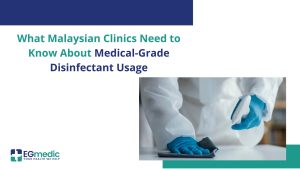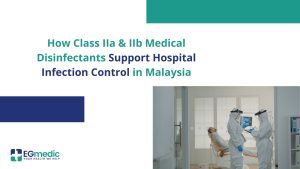The Role of Disinfection in Infection Control
Medical devices, especially those that come into contact with skin, mucous membranes, or sterile body sites, can act as vectors for harmful pathogens. Without effective disinfection, instruments such as thermometers, stethoscopes, surgical tools, and endoscopes can transmit infections like MRSA, E. coli, and other healthcare-associated infections (HAIs).
In Malaysia, HAIs are a growing concern, with studies showing increased risks due to improper sterilization and sanitation. Ensuring high-level disinfection protocols for reusable medical devices significantly reduces these risks. Disinfection is not just about cleaning; it’s about eliminating microbial threats that endanger both patients and healthcare professionals.
Key Standards Governing Medical Device Disinfection in Malaysia
Malaysia aligns with international guidelines such as those from the World Health Organization (WHO), Centers for Disease Control and Prevention (CDC), and ISO 17664, which outline requirements for the cleaning and disinfection of reusable medical devices. Domestically, the Ministry of Health Malaysia (MOH) and Medical Device Authority (MDA) oversee compliance and certification.
Standards emphasize:
- Classification of devices (critical, semi-critical, non-critical) to determine the level of disinfection needed.
- Use of certified disinfectants proven to eliminate viruses, bacteria, and spores.
- Documentation and training, ensuring staff follow consistent protocols.
These guidelines are critical for hospitals, clinics, and diagnostic centers to prevent cross-contamination and maintain accreditation.
Conclusion
Adhering to medical device disinfection standards is not optional in Malaysian healthcare—it’s a necessity. With rising concerns over infection control, hospitals and clinics must prioritize proper disinfection protocols to ensure safety and compliance. EG Medic provides the trusted, certified products healthcare professionals need to meet these standards efficiently and effectively.







